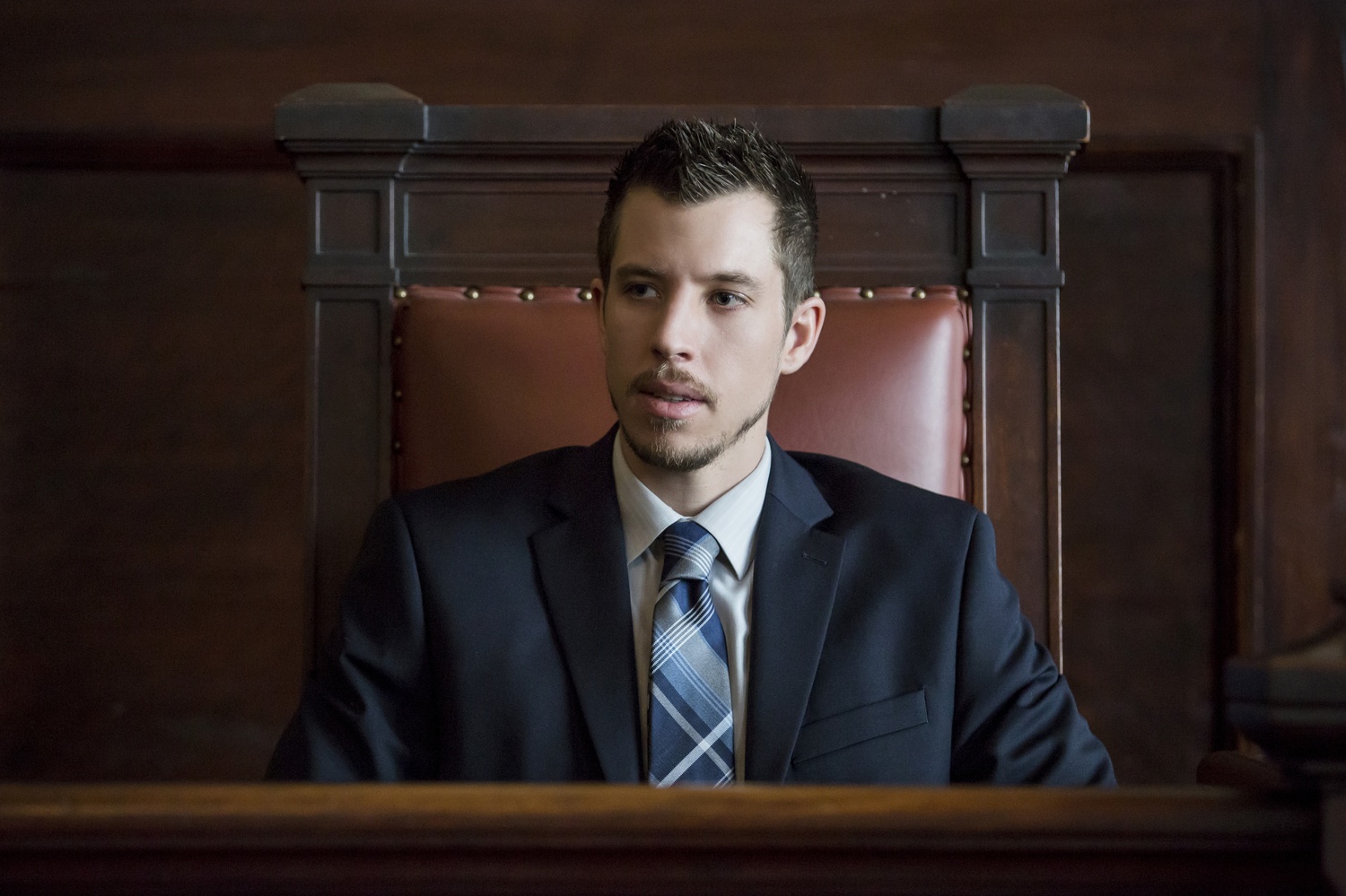
News
Garber Privately Tells Faculty That Harvard Must Rethink Messaging After GOP Victory

News
Cambridge Assistant City Manager to Lead Harvard’s Campus Planning

News
Despite Defunding Threats, Harvard President Praises Former Student Tapped by Trump to Lead NIH

News
Person Found Dead in Allston Apartment After Hours-Long Barricade

News
‘I Am Really Sorry’: Khurana Apologizes for International Student Winter Housing Denials
‘Seven Seconds’: A Promising, Timely Drama
Series Premiere

One of Netflix’s newest shows, “Seven Seconds,” is a crime drama presenting the coverup of the death of a young black boy who died as a result of a hit-and-run by a white cop. Loosely based on Russian movie “The Major,” “Seven Seconds” became available to stream on Netflix on Feb. 23. The premise of the show is heavy and immediately intriguing, and succeeds in generating quick interest. However, the absence of gravity in the show’s plot raises doubts as to whether or not the show’s creators are able to do justice to its sensitive nature.
Due to the show’s heavy emphasis on racial tensions and police brutality, it is clear that "Seven Seconds" has to deal with these topics with great care and sensitivity. The series’ pilot episode seems promising in this regard, as it dives head-on into issues of race and does not shy away from difficult moments. When the cop guilty of the hit and run expresses a desire to confess, those who help him cover up his crime tell him that he will be “crucified” for his actions on behalf of Ferguson, Chicago, and other cities in which police brutality sparked widespread backlash and public outrage. The characters of “Seven Seconds” are highly aware of racial and social tensions in American society, and they are all usually aware of the full scope of what their words and actions entail. “Seven Seconds” draws plotlines across themes of discrimination, and while overdone in some scenes, the show possesses a relevance to American societal issues which reinforces the drama and terror of the plot.
“Seven Seconds” relies on subtly dramatic cinematography to engage its audience. Terrifying moments appear with every scene. By filming objects rather than people, certain scenes become chilling due to the object’s connotation: For example, cop Peter Jablonski (Beau Knapp) runs over teenager Brenton Butler (Daykwon Gaines), who was loosely inspired by a true person. In this scene, the camera locks on the back wheel of Butler’s bicycle as it lays on the road, slowly turning. Other poignant moments are punctuated with closeups of inconspicuously but deliberately chosen objects or characters’ slight movements, bolstering the drama already inherent to “Seven Seconds” and setting a tone of uncertainty and anxiety.
The characters of “Seven Seconds” are complex, particularly in that the introduction of each new character brings waves of confusion, distrust, and colossal intrigue. Particularly skillful in their character’s roles are Knapp as Officer Peter Jablonski and Clare-Hope Ashitey as prosecutor K.J. Harper. Knapp conveys Jablonski’s gripping terror after he runs over Benton with a level of aptitude that truly lets Jablonski’s emotions come to life as he grapples with guilt, fear, anguish, and regret. As Harper, Ashitey fully succumbs to her character’s numbness to life. With a striking, believable portrayal of Harper’s experiences, Ashitey is able to create an arresting juxtaposition between the moments in which Harper is emotionless and void of feelings and those in which Harper strangely comes to life.
The “Seven Seconds” pilot conveys the impression that the series will be able to continue to accomplish its task of presenting a story that deftly deals with complicated topics. With rich and perplexing characters, a bold premise, and an adept use of film techniques, “Seven Seconds” has the potential to captivate and hold a wide audience base.
Want to keep up with breaking news? Subscribe to our email newsletter.
